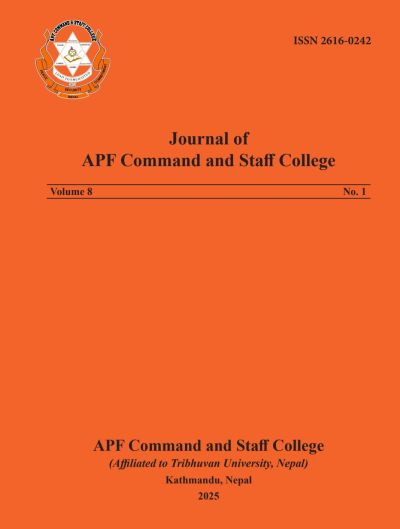Understanding Disciplinarity and Transdisciplinarity
DOI:
https://doi.org/10.3126/japfcsc.v8i1.77609Keywords:
Disciplinarity, transdisciplinarity, knowledge integration, boundary work, real world problemsAbstract
This paper aims to explore and understand disciplinarity and transdisciplinarity in the global context. Discipline refers to branches of knowledge emerged in between 1750-1850. It provides shared concepts and language, accreditation to practitioners within their fields and, importantly, the epistemological and ontological security. Three categories of traditional disciplines include the natural sciences, the social sciences, and the humanities. This study is based on a review of a number of key papers which were identified during a literature review on disciplinarity and transdisciplinarity. An effort has been made to explore how transdisciplinarity as an approach came into existence in the academia. The concepts that can be described as an alternative combinations of four characteristic features of transdisciplinarity, namely (a) to relate to socially relevant issues, (b) to transcend and integrate disciplinary paradigms, (c) to do participatory research and, (d) to search for a unity of knowledge. This study incorporates introduction, review of literature, methodology, transdisciplinarity, types of transdisciplinarity, two domains of transdisciplinarity studies, knowledge integration, transdisciplinary education, boundary work and border-work, hybridization, social engagement, tamed and wicked problems, real world problem, life-world problem, complexity of problems and conclusion.
Downloads
Downloads
Published
How to Cite
Issue
Section
License
Copyright (c) 2025 The Author

This work is licensed under a Creative Commons Attribution 4.0 International License.




